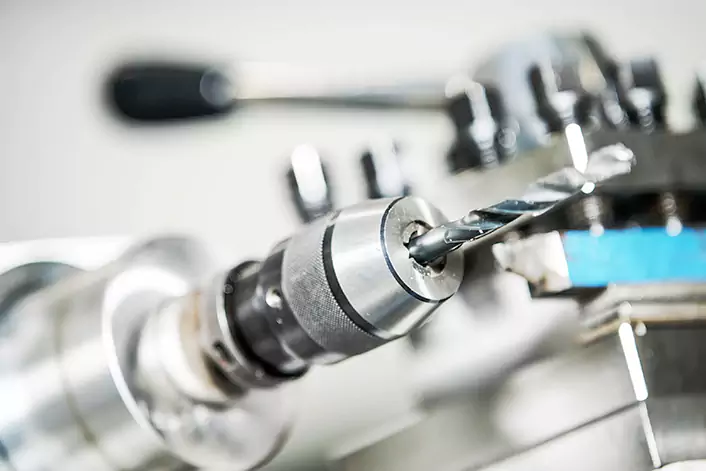What is a 3-axis CNC machining and how does it work?
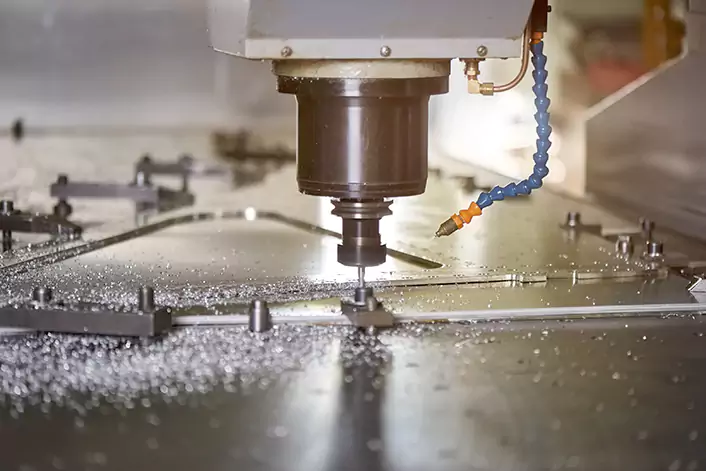
If you are involved in manufacturing or engineering, you may have heard the term “CNC machining” thrown around. But what is 3-axis CNC machining, and how does it work? In this article, we will explore the basics of 3-axis CNC machining, including its components, operation, and applications. We will also discuss the advantages and limitations of this manufacturing process, its difference from 4-axis milling and 5-axis milling, as well as tips for finding a high-precision 3-axis CNC machining service provider. Whether you are new to CNC machining or looking to expand your knowledge, read on to learn more.
What is 3-axis CNC machining
3-axis CNC (computer numerical control) machining is a manufacturing process that uses a computer-controlled cutting tool to remove material from a workpiece. The cutting tool moves in three axes – X, Y, and Z – to create precise cuts and shapes. The X-axis and Y-axis control the horizontal movement of the tool, while the Z-axis controls the vertical movement.
In 3-axis CNC machining, the cutting tool remains perpendicular to the surface of the workpiece throughout the process. This limits the complexity of the shapes that can be produced but allows for relatively fast and straightforward manufacturing of simple parts with straight sharp edges and flat surfaces.
3-axis CNC machining is commonly used in a variety of industries, including aerospace, automotive, electronics, and medical devices. It is ideal for producing simple parts such as brackets, panels, and housings, and is often used for prototyping and small-scale production runs.
Components of a 3-axis CNC milling machine
A 3-axis CNC milling machine consists of several key components that work together to create precise and accurate parts and components. Some of the main components of a 3-axis CNC milling machine include:
1. Machine frame: This is the backbone of the machine that provides the necessary stability and rigidity for the machining process.
2. Spindle: The spindle is the motorized tool that rotates the cutting tool or drill bit. It is responsible for creating the cutting action needed to shape the material being machined.
3. Worktable: The worktable is the surface on which the material being machined is placed. It can move along the X and Y axes to allow for precise positioning of the material.
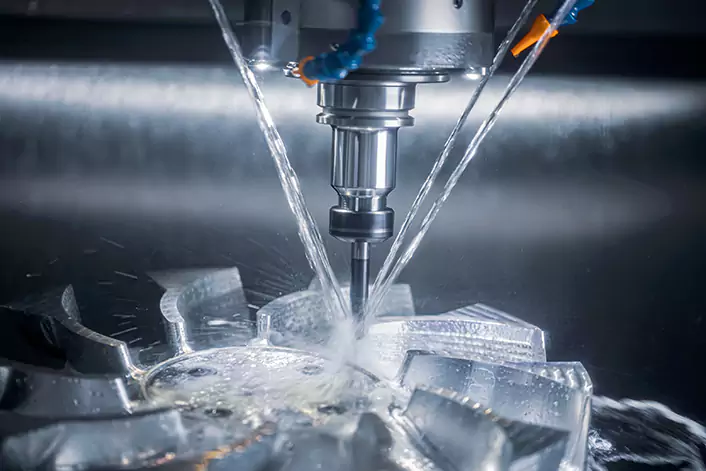
4. CNC controller: The CNC controller is the brain of the machine, responsible for interpreting the CAD/CAM software and controlling the movement of the machine along the X, Y, and Z axis.
5. Cutting tools: Cutting tools are the various tools used in the machining process, such as end mills, drills, and reamers. These tools are selected based on the specific material being machined and the desired shape or finish.
Together, these mechanical components work in sync to produce highly precise and accurate parts and components, making 3-axis CNC machining a critical technology in the manufacturing industry.
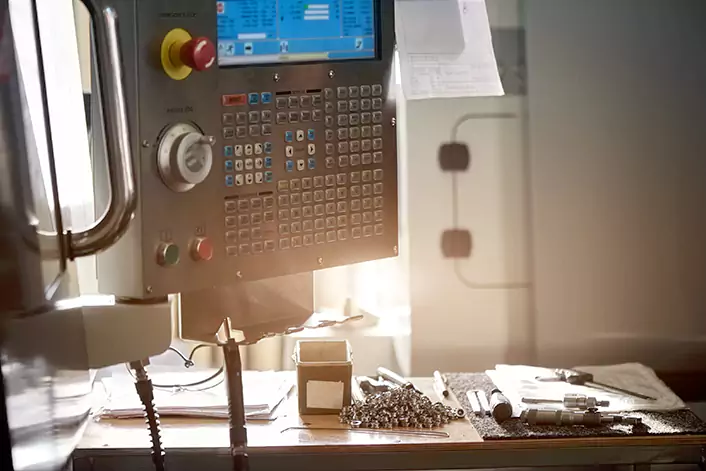
How 3-axis CNC machining works
3-axis CNC machining involves several steps, from the design of the part in CAD software to the actual machining process. Here’s how it works:
1. Computer-aided design (CAD) and computer-aided manufacturing (CAM): The first step in 3-axis CNC machining is designing the part in CAD software. Once the design is complete, it is converted to a format that can be read by the CAM software.
2. Generating G-code: The CAM software generates G-code, which is a series of commands that the CNC machine can understand. The G-code contains information on the tool path, speed, and depth of cut.
3. Loading the G-code into the CNC controller: The G-code is loaded into the CNC controller, which is responsible for interpreting the code and controlling the movement of the machine.
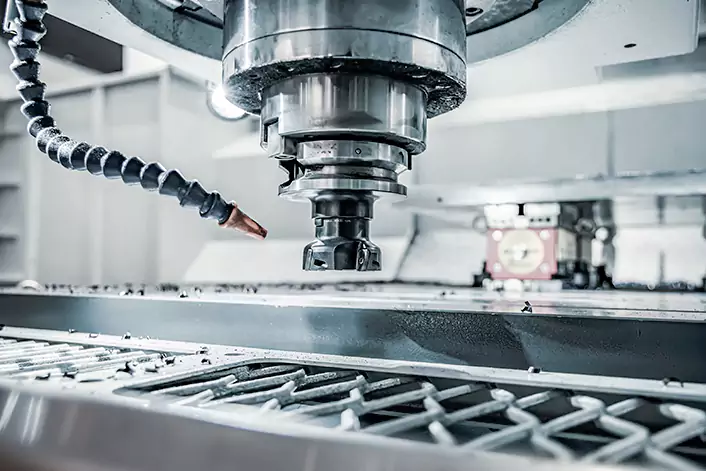
4. Setting up the machine: The workpiece is loaded onto the worktable and secured in place. The cutting tool is also installed and secured in the spindle.
5. Executing the program: Once the machine is set up, the program is executed. The CNC controller reads the G-code and moves the machine along the X, Y, and Z axis to create the desired shape.
6. Post-processing and inspection: After the machining process is complete, the part is inspected for accuracy, and any necessary post-processing steps are performed.
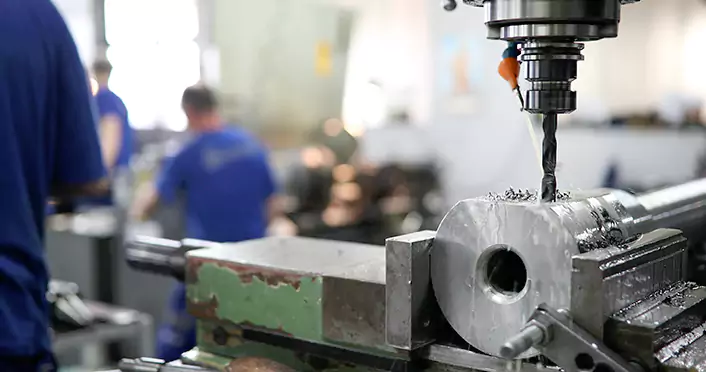
Applications of 3-axis CNC machining
3-axis CNC milling is a manufacturing process that uses a computer-controlled cutting tool to remove material from a workpiece. The tool moves in three axes (X, Y, and Z) to create precise cuts and shapes. Here are some common applications of 3-axis CNC milling:
1. Prototyping: 3-axis CNC milling is often used to create prototypes of new products. It can produce precise and accurate parts quickly, allowing designers to test and refine their ideas before moving into production.
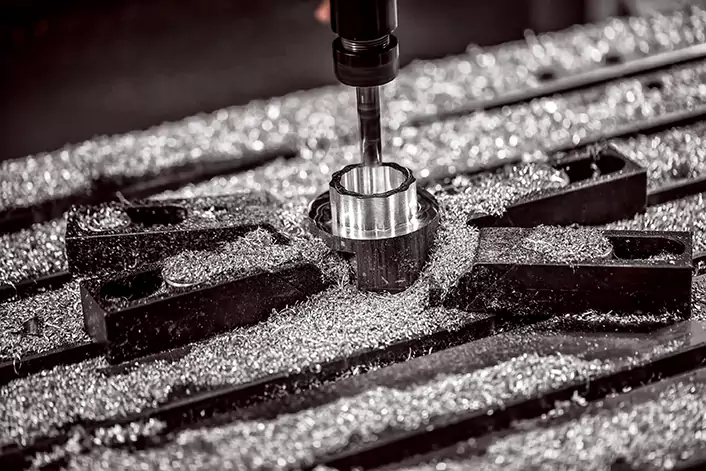
2. Aerospace and Defense: 3-axis CNC milling is used extensively in the aerospace and defense industries to create complex parts for aircraft, missiles, and other vehicles. These parts must meet strict tolerances and quality standards, and 3-axis CNC milling is ideal for producing them.
3. Automotive: The automotive industry uses 3-axis CNC milling to create parts for engines, transmissions, suspension systems, and more. This process allows for high levels of precision and accuracy, which is essential in automotive manufacturing.
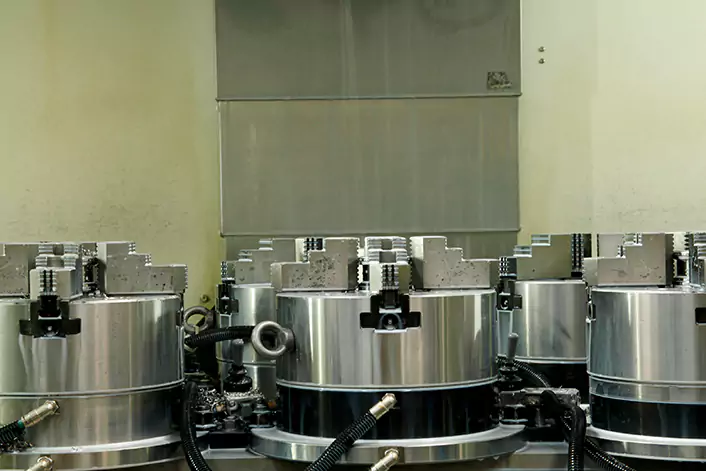
4. Medical Devices: The medical industry uses 3-axis CNC milling to create implants, prosthetics, and other medical devices. These parts must be highly precise and customized to fit the needs of individual patients.
5. Jewelry: 3-axis CNC milling is used in the jewelry industry to create intricate designs and patterns on metal, such as rings, pendants, and bracelets.
6. Electronics: The electronics industry uses 3-axis CNC milling to create printed circuit boards (PCBs) and other components. This process allows for the precise and accurate manufacturing of small, intricate parts.
7. Mold Making: 3-axis CNC milling is used in mold making to create molds for plastic injection molding, die casting, and other manufacturing processes. This allows for the mass production of parts with greater accuracy and consistency.
Advantages of 3-axis CNC machining
3-axis CNC machining offers several advantages over traditional machining methods. Some of the key advantages include:
1. High accuracy and repeatability: 3-axis CNC milling machines can produce highly accurate parts with tight tolerances, which ensures consistency and repeatability in production runs.
2. High production speed: CNC machines can operate continuously without the need for manual intervention, which means they can produce parts at a much faster rate than traditional machining methods.
3. Ability to machine complex shapes: CNC machines can machine complex shapes with ease, including parts with intricate geometries and curved surfaces.
4. Reduced labor costs: CNC machines require minimal manual labor, which can significantly reduce labor costs and increase efficiency in production processes.
In general, 3-axis CNC milling is a versatile and efficient process that offers numerous benefits over traditional machining methods. It has become a widely used technology in various industries, including automotive, aerospace, medical, and electronics, among others.
Limitations of 3-axis CNC machining
Despite the numerous advantages of 3-axis CNC machining, there are also some limitations to this technology. Some of the key limitations include:
1. Limited range of motion: the 3-axis CNC milling machine can only move along three axes (X, Y, and Z), which limits its ability to machine complex parts with features on multiple sides.
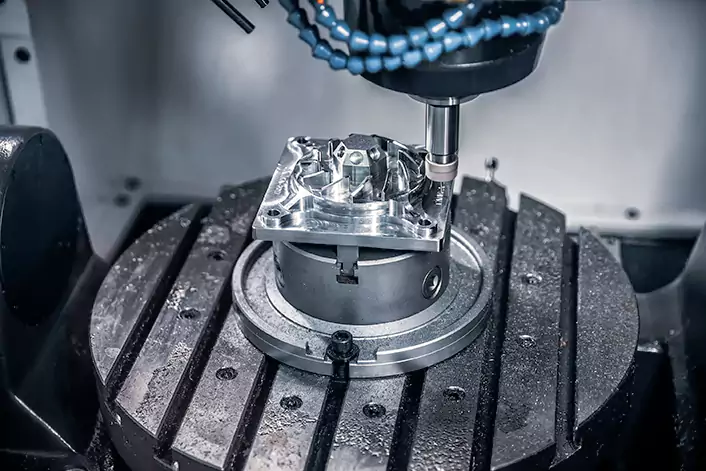
2. Limited ability to machine undercuts or features on multiple sides of a part: the 3-axis CNC milling machine can only machine features that are accessible from above, which limits its ability to machine undercuts or features on multiple sides of a part.
3. Requires skilled operators: The 3-axis CNC milling machine requires skilled operators who have experience with the programming, setup, and operation of the machine. This can lead to higher labor costs and long setup times.
While 3-axis CNC machining is a highly efficient and versatile technology, it does have some limitations that must be taken into account when selecting a machining method for a particular application. For more complex parts, 4 or 5-axis CNC machining may be a better option.
Differences between 3-axis milling, 4-axis milling, and 5-axis milling
The main differences between 3-axis, 4-axis, and 5-axis milling are the number of axes that the cutting tool can move along, the complexity of the parts that can be produced, and the level of precision that can be achieved. Here are the key differences between these three types of milling:
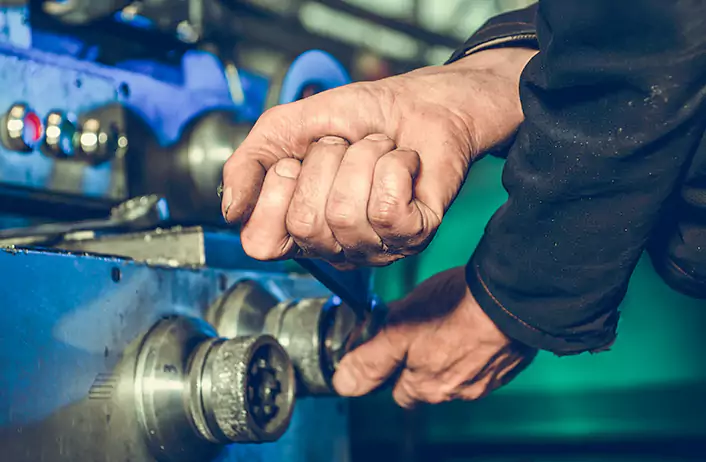
1. 3-axis milling: In 3-axis milling, the cutting tool can move along the X, Y, and Z axes. This is the most basic type of milling and is suitable for producing simple, flat parts with relatively straight edges. However, it is limited in its ability to produce complex shapes and curves.
2. 4-axis milling: In 4-axis milling, the cutting tool can move along the X, Y, and Z axes as well as an additional rotational axis. This allows for more complex parts to be produced, such as parts with curved surfaces or angled features. 4-axis milling is commonly used in industries such as aerospace and automotive, where parts with complex shapes and angles are required.
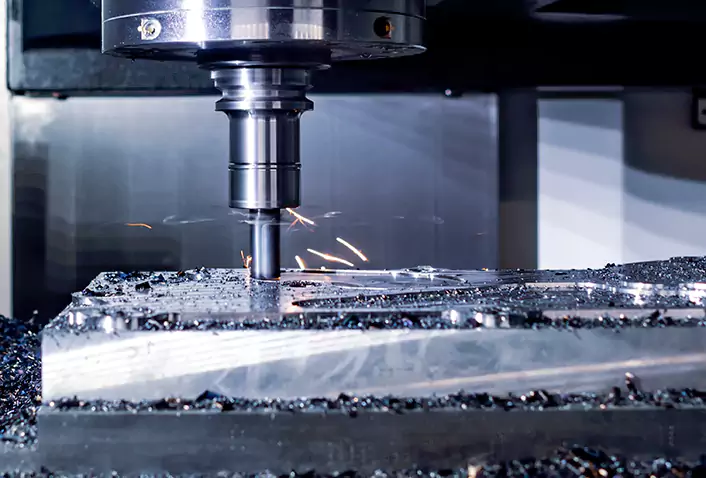
3. 5-axis milling: In 5-axis milling, the cutting tool can move along the X, Y, and Z axes as well as two additional rotational axes. This allows for even greater complexity in the parts that can be produced, including parts with highly contoured surfaces and intricate details. 5-axis milling is commonly used in industries such as medical, dental, and jewelry, where highly detailed and precise parts are required.
Generally speaking, the key advantages of 4-axis and 5-axis milling over 3-axis milling are the ability to produce more complex shapes, achieve higher levels of precision, and reduce the need for multiple setups and operations. However, these advantages also come with increased costs, as 4-axis and 5-axis milling machines are typically more expensive than 3-axis CNC milling machines and require more Offersskilled operators to run.
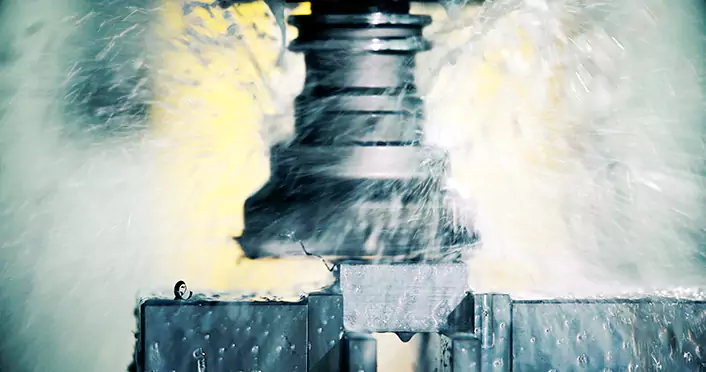
How to Find a High Precision 3-Axis CNC Machining Services Provider
First, identify your specific needs. Before you begin your search, it’s important to identify your specific requirements for your parts or products. Determine the material, tolerances, and surface finish requirements for your parts.
Once you have defined your needs, you should start looking for a high-precision 3-axis CNC machining service provider. Capable Machining is your reliable choice. They specialize in providing the highest quality CNC machining services to meet the needs of clients worldwide.
1. Precision: Capable Machining is known for providing precision machining services using advanced 3-axis CNC milling machines. This ensures that every component produced meets strict quality standards and tolerances.
2. Versatility: Capable Machining has the ability to machine a wide range of materials, including metals, plastics, and composites. This allows them to provide machining services for a variety of industries, such as aerospace, medical, and automotive.
3. Efficiency: Capable Machining utilizes advanced CNC machining technology and software to optimize production processes and reduce lead times. This ensures that customers receive their components in a timely and cost-effective manner, without compromising on quality.
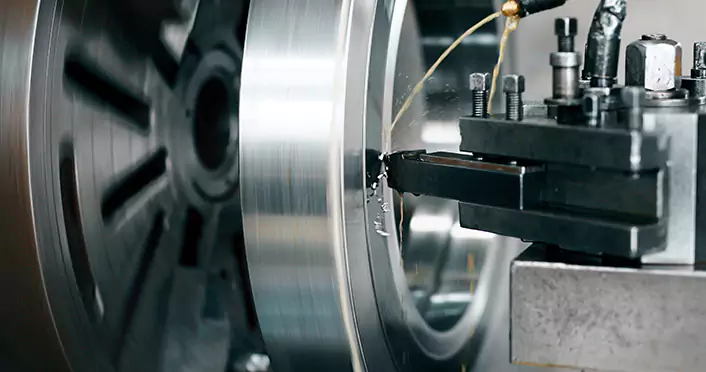
Final Thoughts
In conclusion, 3-axis CNC machining is a highly efficient and versatile manufacturing technology that offers several advantages over traditional machining methods. It is widely used in various industries, including automotive, aerospace, medical, and electronics, among others.
One of the key advantages of 3-axis CNC machining is its high accuracy and repeatability, which ensures consistent and reliable production runs. It also offers high production speed and the ability to machine complex shapes with ease, making it ideal for a wide range of applications.
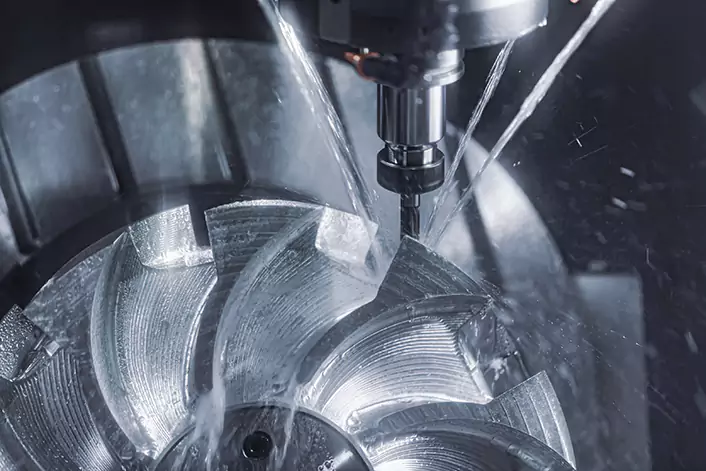
However, there are also some limitations to 3-axis CNC machining, including its limited range of motion and ability to machine undercuts or features on multiple sides of a part. It also requires skilled operators who have experience with the programming, setup, and operation of the machines.
Overall, 3-axis CNC machining is a valuable technology that has transformed the manufacturing industry. By understanding its advantages and limitations, manufacturers can determine when and where to best apply this technology in their operations.
